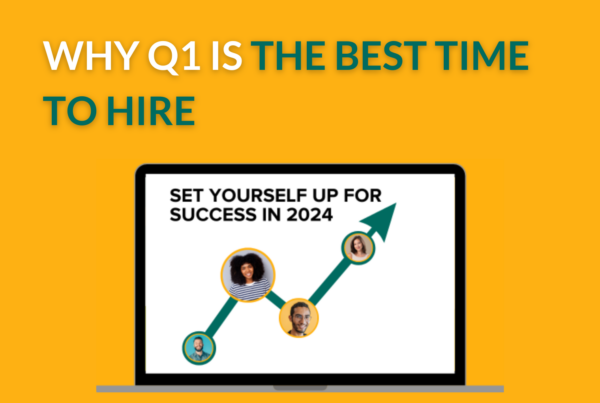A World Accustoming To The ESG Revolution

In the present day, investors frequently use non-financial criteria to choose which businesses to support with their capital. Environmental, Social and Governance (ESG) strategies are being employed more and more in the appraisal of investments and have emerged as a key indicator for long-term returns. These ESG commitments can be found in publications with common ratings, sustainability reports, annual reports, and material that is publicly disclosed on a website.
As traditional investors transform into ESG advocates and activist shareholders seek change and board refreshment, ESG has moved firmly from a tick box exercise into the ‘must-have’ category for day-to-day business practice. As a result, by 2025, global ESG assets are expected to surpass US$53tn, or more than one-third of all assets under management.
ESG regulations have increased in prominence as more and more countries and regions throughout the globe tighten their requirements. With the most recent development coming in the form of the EU Taxonomy, which was mandated in January 2022, the EU has been leading the charge with ambitions to make ESG a major element of its financial services business. Since the Biden administration, ESG has gained more importance for US politicians, with the most current proposal from the Securities and Exchange Commission (the “SEC”) requiring ESG disclosures for investment advisors and investment businesses, starting in May 2022. Despite the APAC region’s shortcomings—fragmented regulation, lack of a unified taxonomy, and a slow uptake of ESG frameworks—it remains a top priority for business leaders. In a recent study by Baker McKenzie, more than 90% of respondents in the area said that ESG is “at least part of the debate”.
As the world confronts challenges such as climate risk, privacy and data security, ESG has emerged as a significant topic of discussion in boardrooms and among C-Suites. But where do you get started? With so many variables at play, we have created a step-by-step guide for developing scalable and effective ESG initiatives.
Curating Your ESG Strategy In Five Steps
While businesses overcome challenges daily, it’s crucial to maintain an eye on the bigger picture and build a solid ESG framework that can endure changing market conditions, investor demands, and cultural changes. Being proactive in ESG gives time to develop more long-term plans as opposed to quick responses to sudden situations.
Disclaimer: As every company’s priorities and resources differ, the following five steps should not be taken as a one-size-fits-all approach.
-
Perform an Impact Screening
Identifying the effects of your company’s operations and value chain on society and the environment is the first step in creating a viable ESG strategy. The objective is to identify the parts of your company’s activities and value chain that have the greatest likelihood of adverse effects on people and the environment. To achieve this, evaluate your company’s current programmes, policies, metrics, and engagements.
-
Conduct a materiality analysis
Any company’s ESG approach must start with a materiality analysis. Through the lenses of relevance to both the firm and its internal stakeholders as well as importance to external stakeholders, it examines what challenges businesses need to prioritise and identifies where to allocate time and money. Once completed, your analysis’s findings will highlight ESG priorities and specify any overarching strategies.
-
Establish your goals
Once you’ve identified areas for improvement, setting an overarching goal will help clarify your plan and keep your focus narrow. Keep this goal broad in the beginning and consider what you hope to accomplish. Once a complete audit has been carried out, company-specific goals and targets can be developed. A focus on five potential risk areas with measurable objectives linked to value development is advised by experts.
Top executives’ involvement and oversight of strategy, risk, and opportunity are critical in this situation, and it’s essential the board share those same goals.
-
Develop a strategic ESG roadmap
Without a framework that explicitly identifies how the goals and objectives of your firm align with its ESG priorities, an ESG programme won’t hold up. A strategic roadmap offers a compelling ESG framework that paints a clear image of your strengths, objectives, and direction for stakeholders. Outlining initiatives, actions, and resources in a roadmap improve accountability for important actions.
-
Report progress
No matter what guidelines, procedures, or standards you use to tell your narrative, the most crucial part of reporting is effectively and concisely sharing your findings with others. It is crucial that stakeholders can quickly access your ESG data, and it is advised that you make a PDF report available on your website. A smart technique to emphasize the value of ESG and recognise employee contributions to reaching objectives is through regular internal updates.
Takeaway
Over the coming years, ESG is anticipated to undergo considerable change as investors seek greater transparency in business practices. In the near future, it is projected that significant progress will be made toward the transition from a number of ESG frameworks to a single overall integrated framework that includes critical components from each.
We advise businesses to start laying the framework today for future ESG compliance. Companies that adapt their behaviour under ESG principles and effectively communicate the results are expected to be seen as much more appealing to investors over the next three to five years.
At Storm4, we strive to partner with startups making ESG more commonplace in business. We support scaling their teams to meet their mission of a decarbonized future. If you are experiencing growing pains, get in touch. Our ESG recruiters connect leaders with professionals across Engineering, Data, Product, Sales and Marketing.











